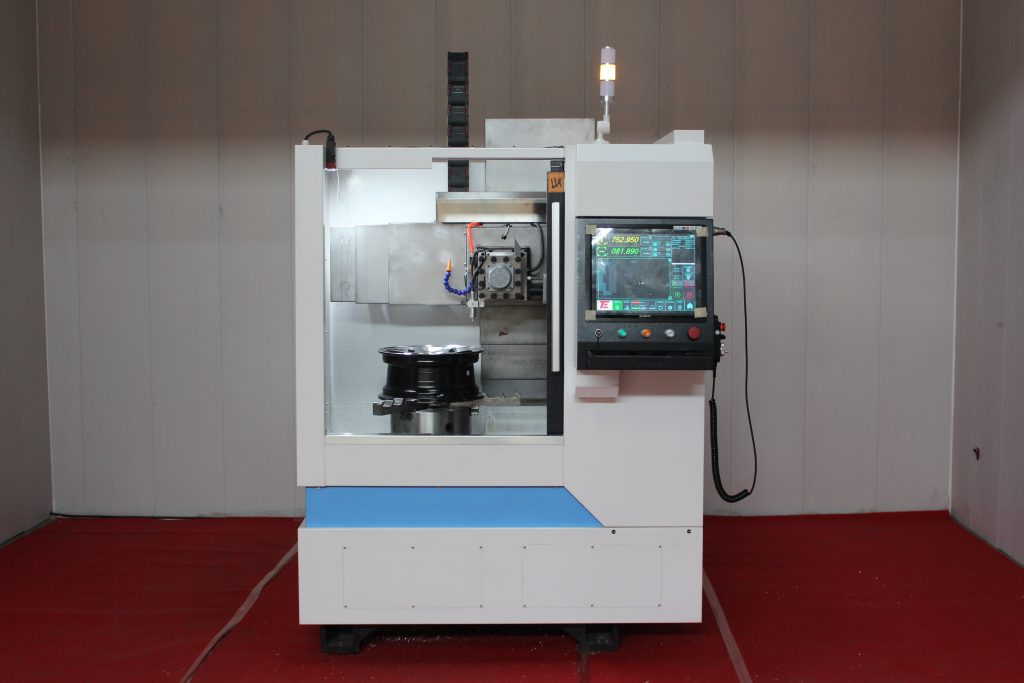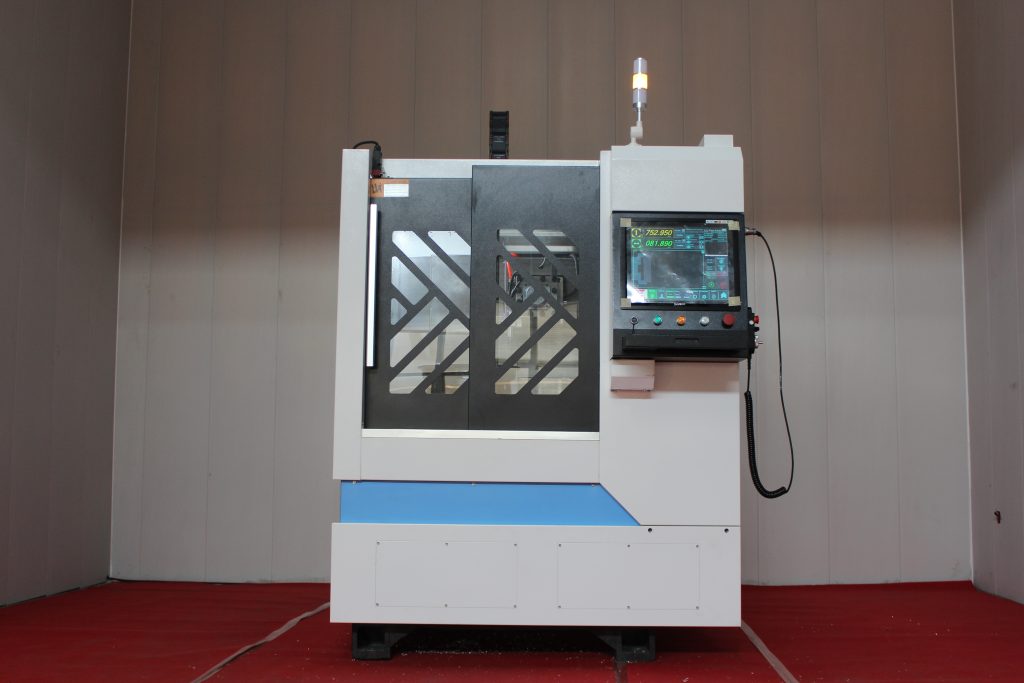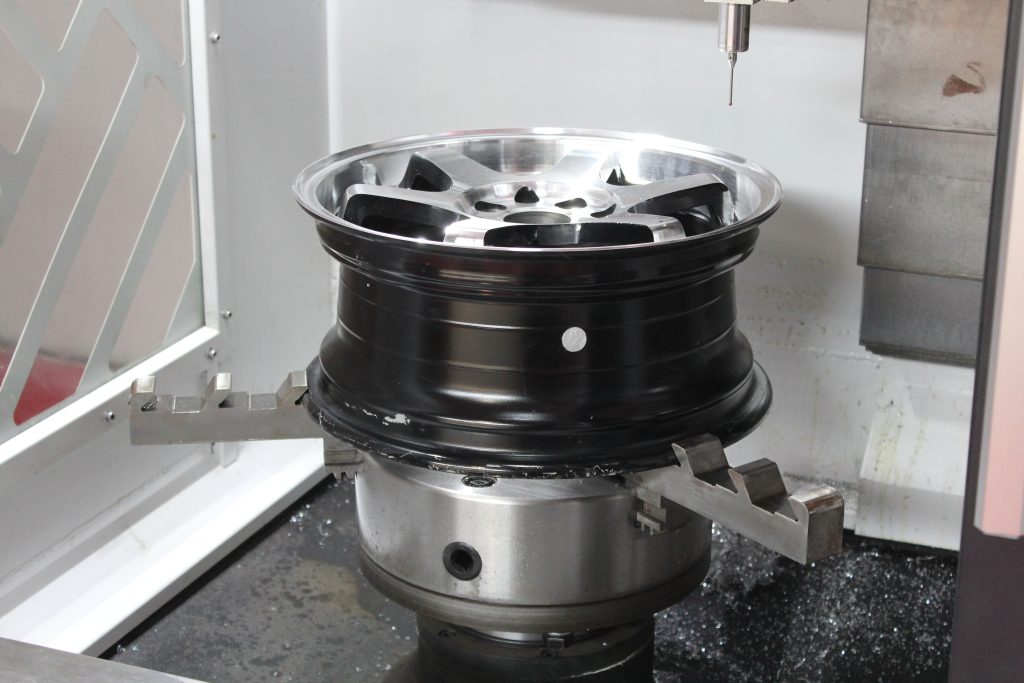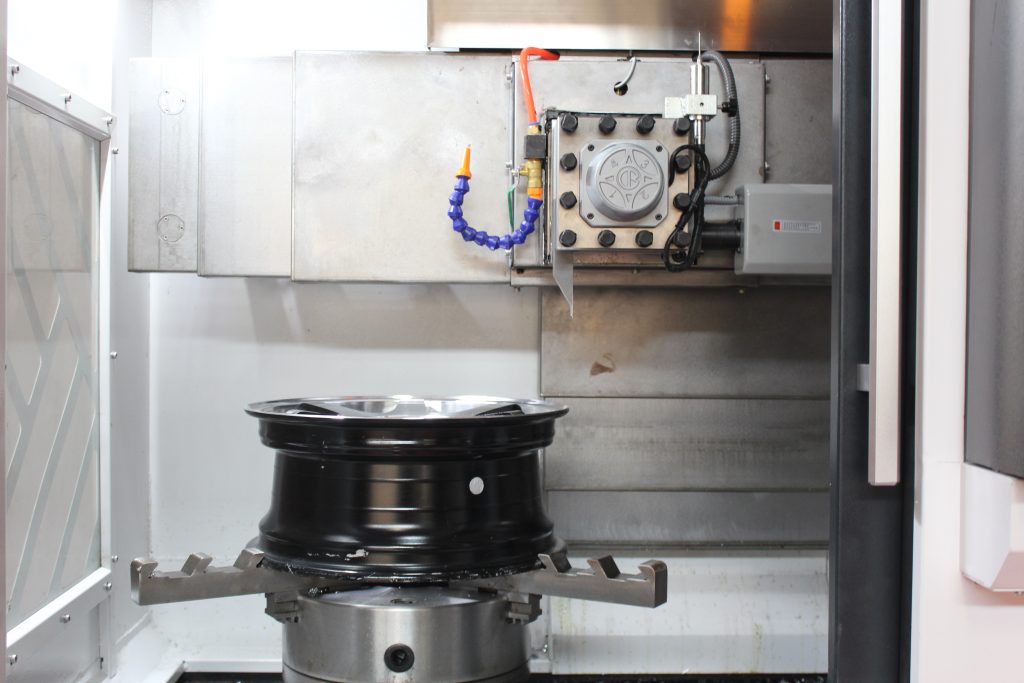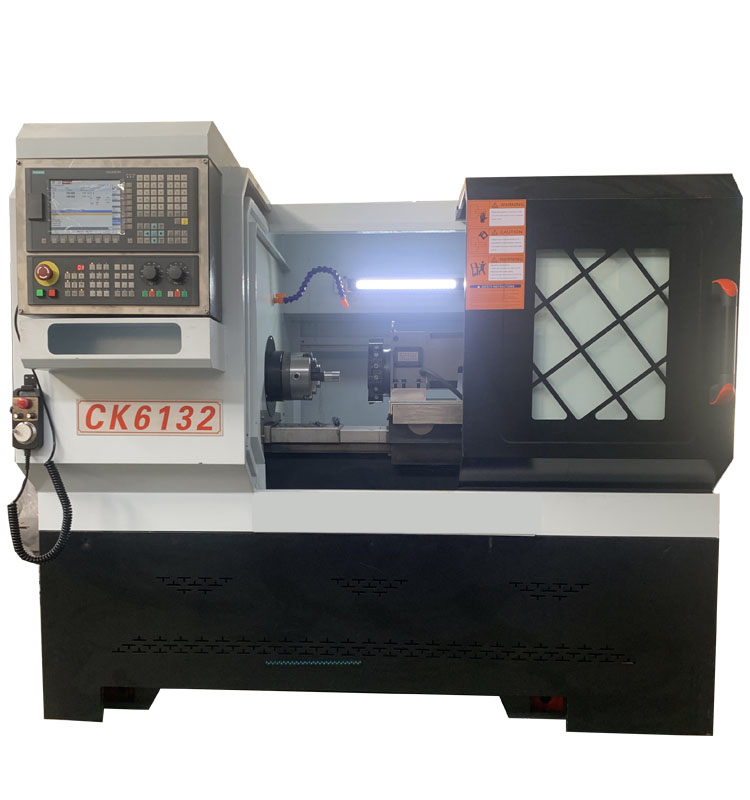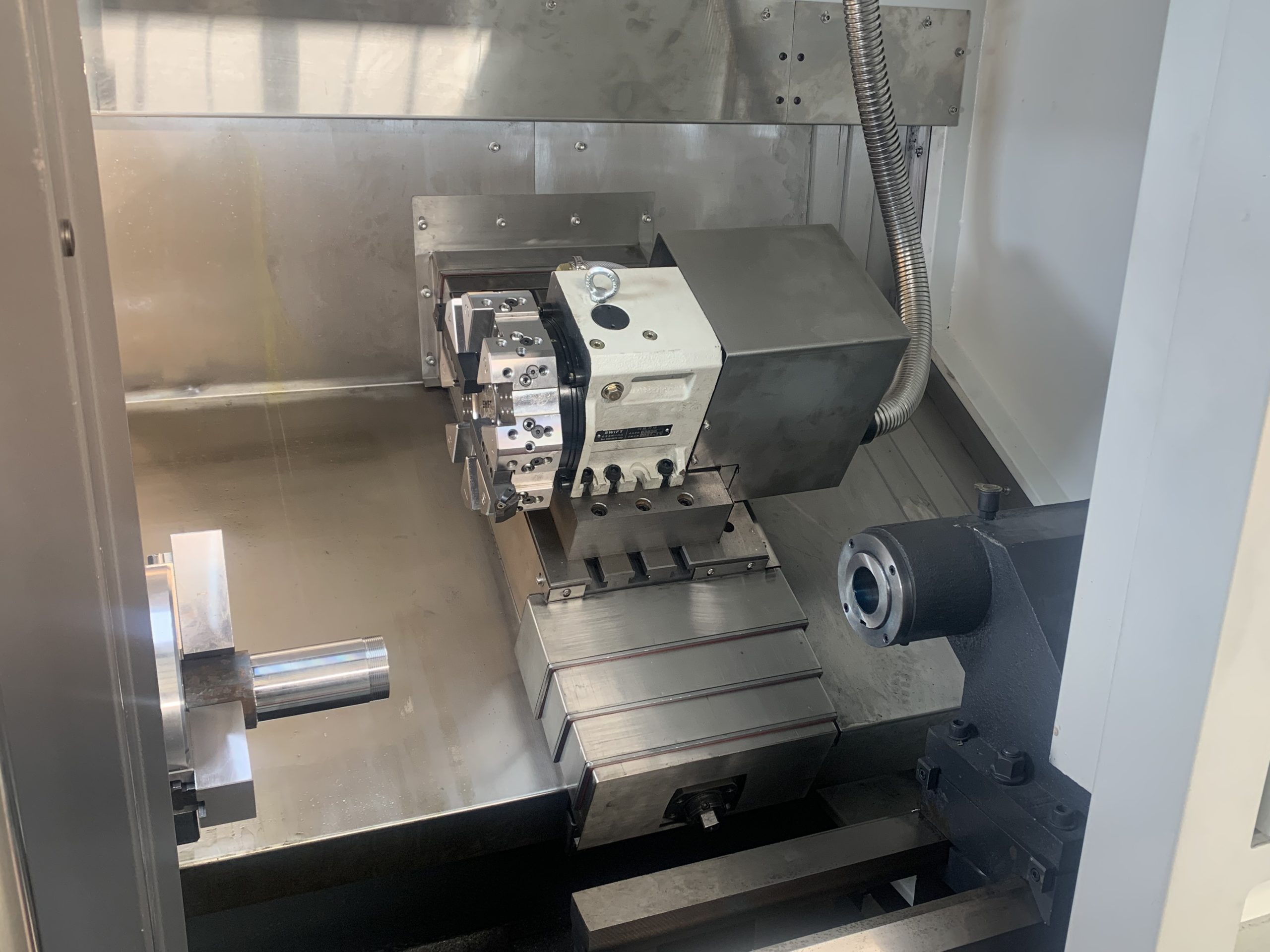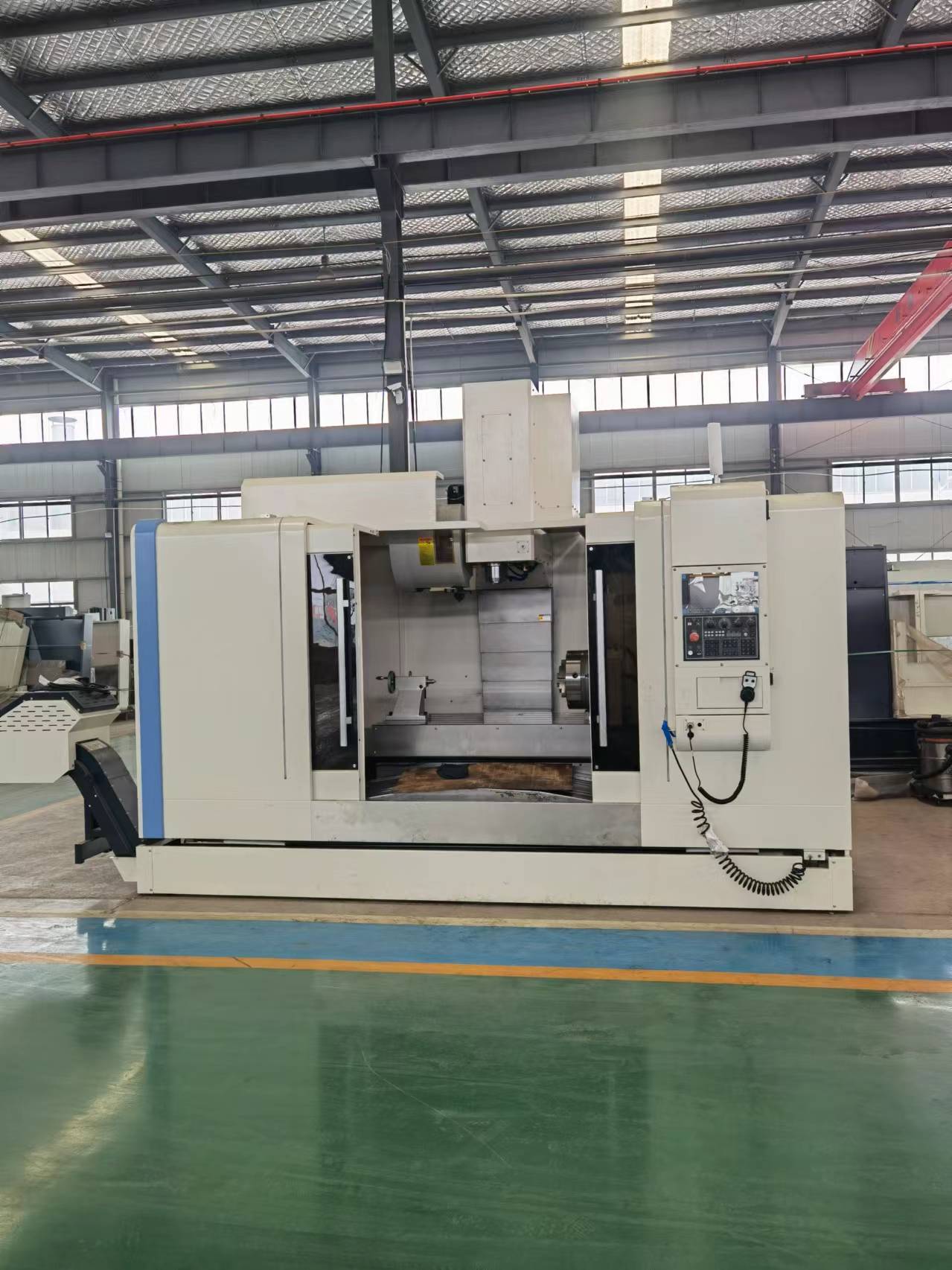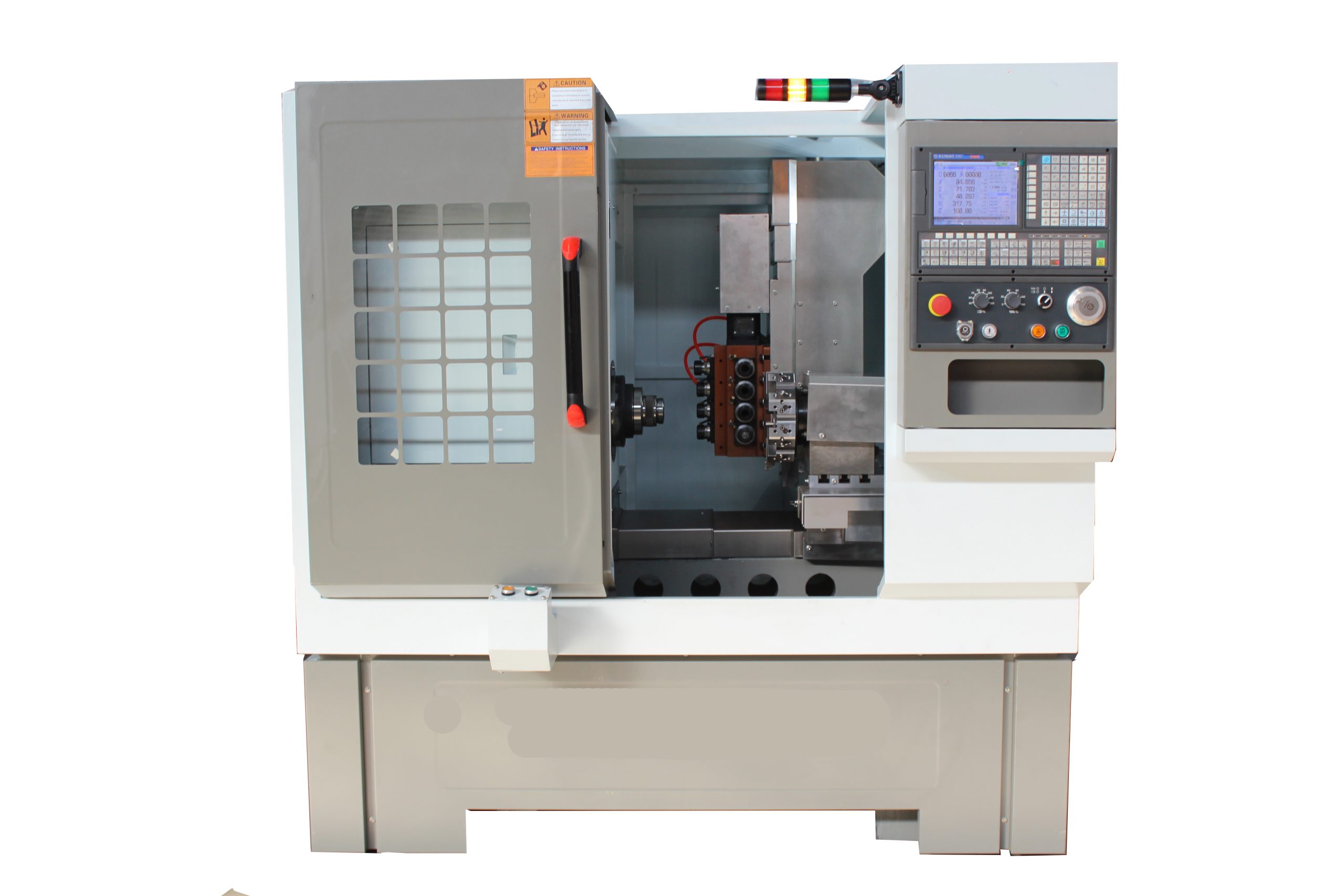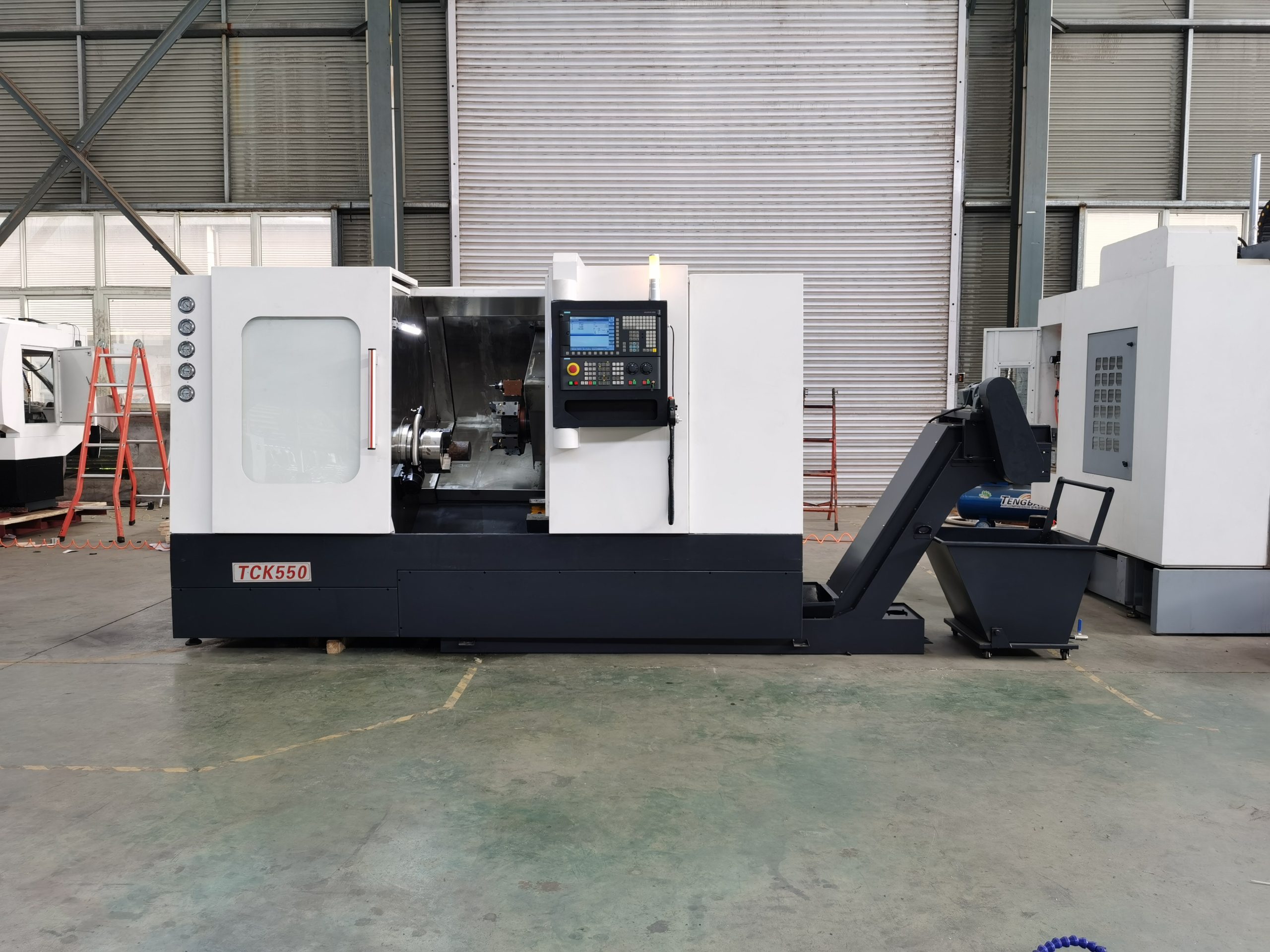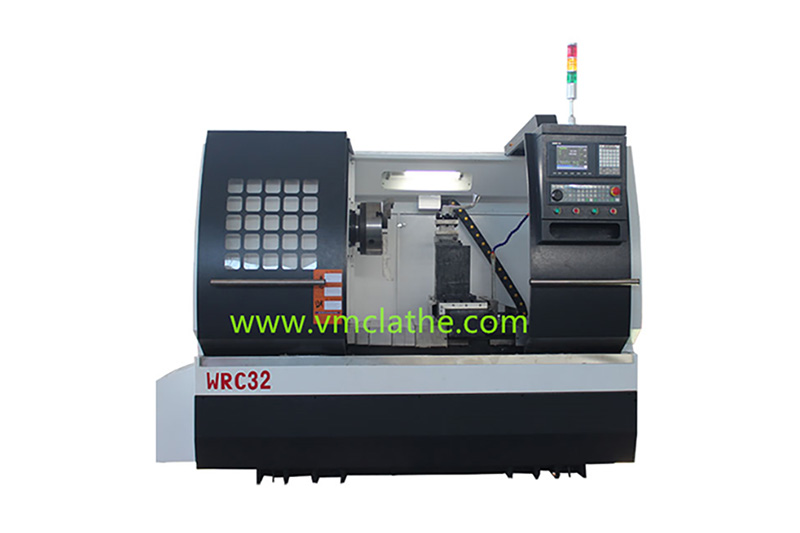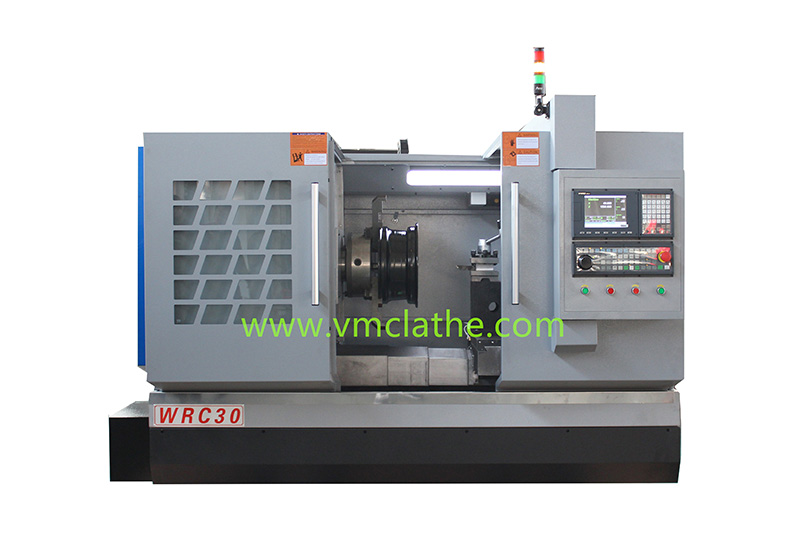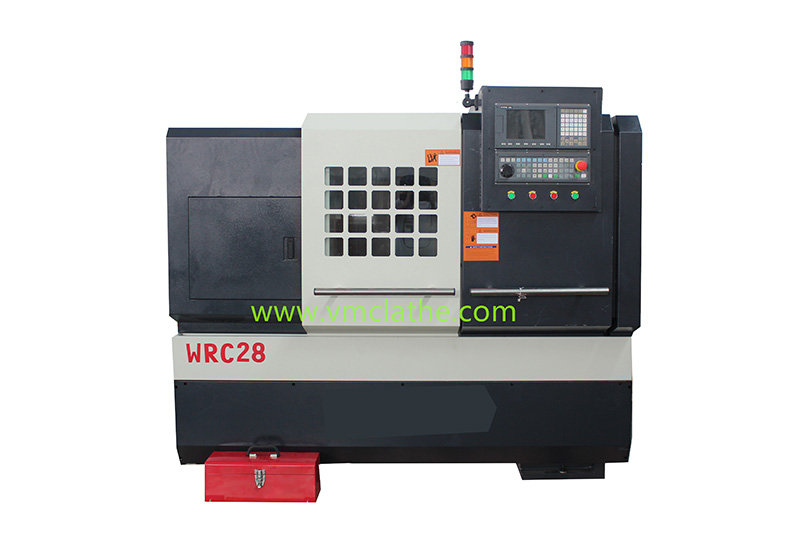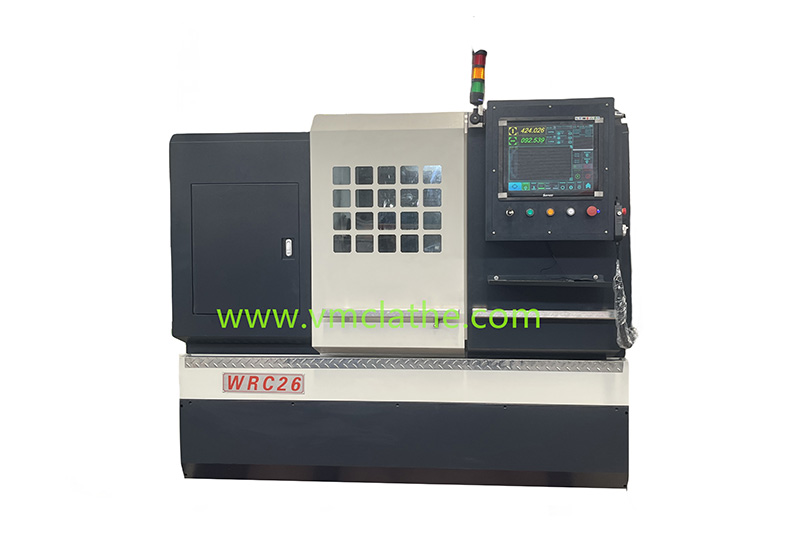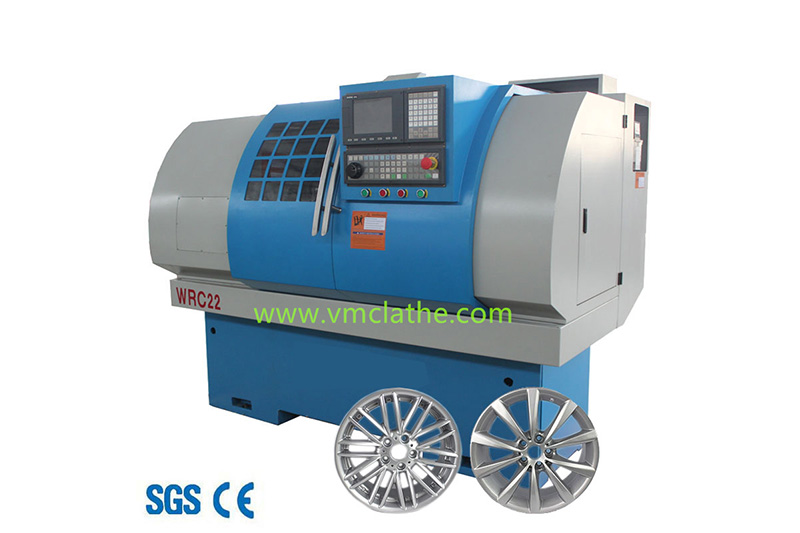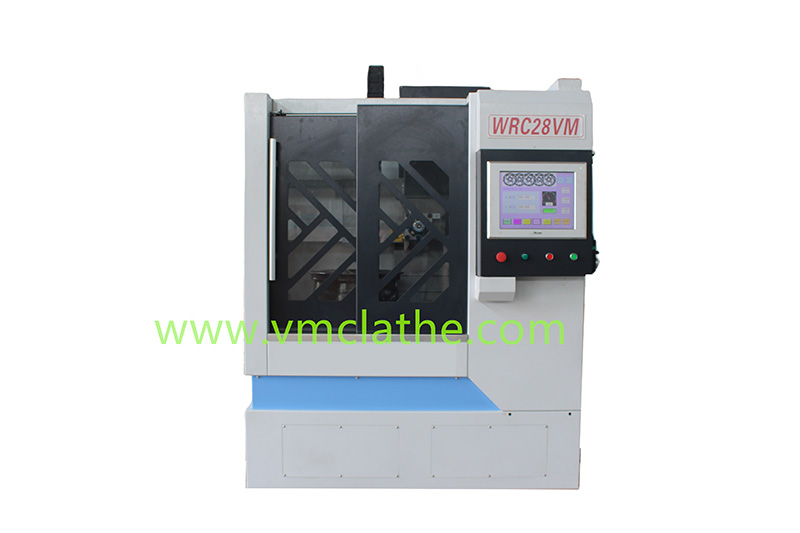The versatility of wheel hub repair lathe is mainly reflected in its ability to support wheel hub repair of multiple materials and sizes. The following is a detailed explanation of the versatility of wheel hub repair lathe:
1. Supporting multiple materials
Wheel hub repair lathes are usually able to handle wheel hubs of multiple materials, including but not limited to aluminum alloy, steel, etc. These materials are widely used in wheel manufacturing, so the multi-material processing capability of wheel hub repair lathes is particularly important. By adopting appropriate cutting tools and processing parameters, the lathe can ensure that wheel hubs of different materials can be accurately repaired.
2. Supporting multiple sizes
A. Wide processing range: Wheel hub repair lathes usually have a large processing range and can handle wheel hubs from small to large. For example, the maximum processing diameter of some lathes can reach 26 inches (about 660 mm) or even larger, which meets the repair needs of wheel hubs of different sizes on the market.
B. Flexible adjustment capabilities: Lathes are usually equipped with a variety of chucks and fixtures, which can be flexibly adjusted according to the size of the wheel hub. This enables the lathe to handle wheels of different diameters and heights, ensuring the accuracy and efficiency of repairs.
3. Examples of versatility
A. Surface profile measurement and data collection: Advanced wheel repair lathes are equipped with surface profile measurement functions, which can accurately measure the damage on the wheel surface and collect data for program optimization. This helps to achieve more accurate repair results.
B. Automatic precision repair and processing: The lathe can automatically perform precision repair and processing based on the collected data, repair according to the curve of the wheel surface, and ensure that the wheel is restored to its original state or close to its original state.
C. Multiple additional functions: Some high-end wheel repair lathes also have other additional functions, such as offset detection, positioning marking, shaping repair, lathe cutting and surface polishing. These functions further enhance the versatility of the lathe, enabling it to meet a wider range of repair needs.
4. Practical application cases
In actual applications, wheel repair lathes have been widely used in auto repair shops, wheel manufacturers and 4S shops. These places usually need to deal with wheel repair needs of different materials and sizes, and the versatility of wheel repair lathes makes them an ideal solution. For example, in auto repair shops, lathes can quickly and accurately repair damaged aluminum alloy wheels, improve repair efficiency and reduce repair costs.
In summary, the versatility of wheel repair lathes is reflected in its ability to support wheel repairs of various materials and sizes. By adopting advanced measurement, processing and additional function technologies, the lathe can meet the repair needs of different wheels on the market and provide efficient and precise solutions for the automotive repair and manufacturing industries.

